 Various Springs
Various Springs
Entry Type: Place
 Various Springs
Various Springs
 Vaughn-Schaap House
Vaughn-Schaap House
 Velvatex College of Beauty Culture
Velvatex College of Beauty Culture
 Vernon & Moore-McIlroy Produce Warehouse
Vernon & Moore-McIlroy Produce Warehouse
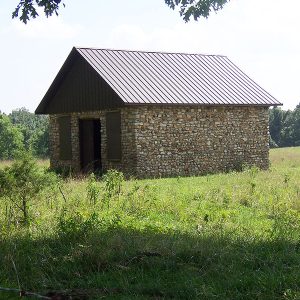 Verona Post Office
Verona Post Office
 Vertac Site
Vertac Site
 Veterans Hospital
Veterans Hospital
Victoria (Mississippi County)
 View of Four Seasons Garden Sculpture
View of Four Seasons Garden Sculpture
Villa Marre
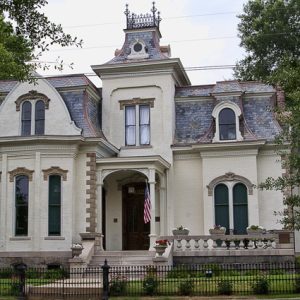 Villa Marre
Villa Marre
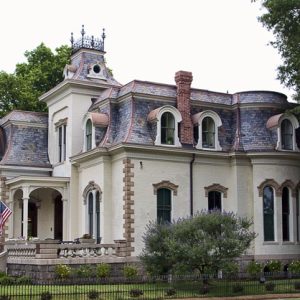 Villa Marre
Villa Marre
 Villa Marre First Floor
Villa Marre First Floor
 Villa Marre Second Floor
Villa Marre Second Floor
 Village Creek State Park
Village Creek State Park
 Village Creek State Park: Park Location
Village Creek State Park: Park Location
Village Creek State Park
Villemont (Chicot County)
Vilonia (Faulkner County)
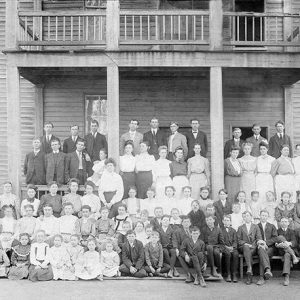 Vilonia School
Vilonia School
 Vilonia Tornado Damage, 2014
Vilonia Tornado Damage, 2014
 Vilonia Tornado Damage, 2014
Vilonia Tornado Damage, 2014
 Vilonia High School
Vilonia High School
Vimy Ridge (Saline County)
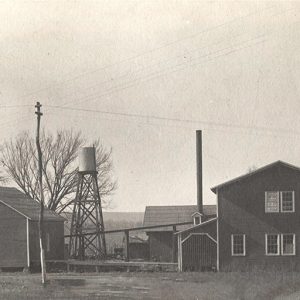 Vinegar Factory
Vinegar Factory
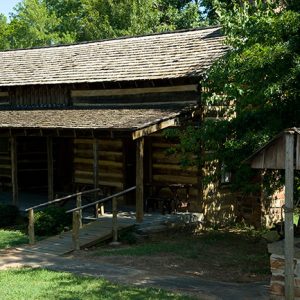 Vineyard Cabin
Vineyard Cabin
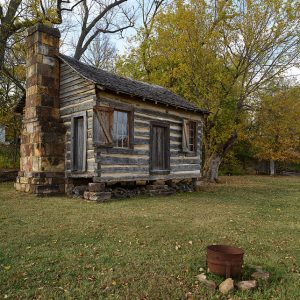 Vintage Cabin
Vintage Cabin
Viola (Fulton County)
Violet Cemetery
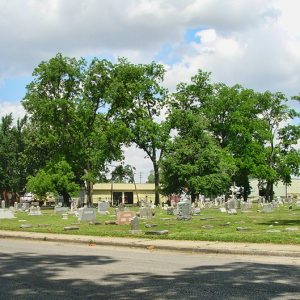 Violet Cemetery
Violet Cemetery
 Violet Cemetery
Violet Cemetery
 Violet Cemetery Monument
Violet Cemetery Monument
 Violet Cemetery Monuments
Violet Cemetery Monuments
 Violet Cemetery Monument
Violet Cemetery Monument
 Virgie's Restaurant
Virgie's Restaurant
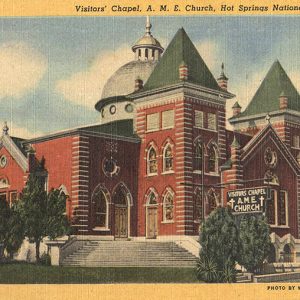 Visitor's Chapel
Visitor's Chapel
 Vocational Agriculture Building
Vocational Agriculture Building
 W. E. Orr Park
W. E. Orr Park
W. F. Branch High School
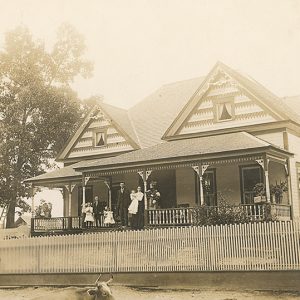 W. H. Allen House; 1910
W. H. Allen House; 1910
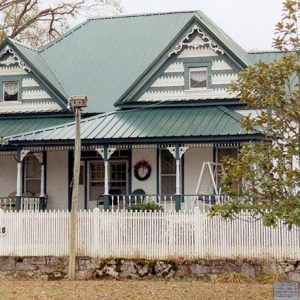 W. H. Allen House
W. H. Allen House
 W. H. Allen House: Aerial View
W. H. Allen House: Aerial View
 W. H. Allen House Porch with Allen Family
W. H. Allen House Porch with Allen Family
 W. H. Toland House
W. H. Toland House
 W. R. "Witt" Stephens Building
W. R. "Witt" Stephens Building
 Wabbaseka
Wabbaseka
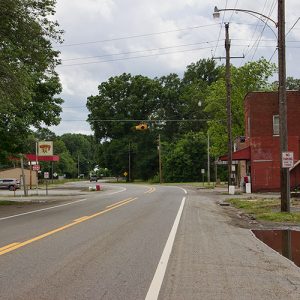 Wabbaseka
Wabbaseka
Wabbaseka (Jefferson County)
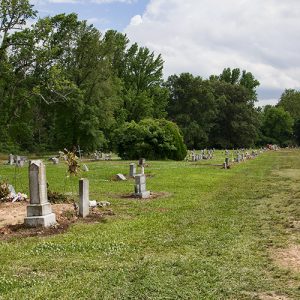 Wabbaseka Cemetery
Wabbaseka Cemetery
 Wabbaseka Community Park
Wabbaseka Community Park




